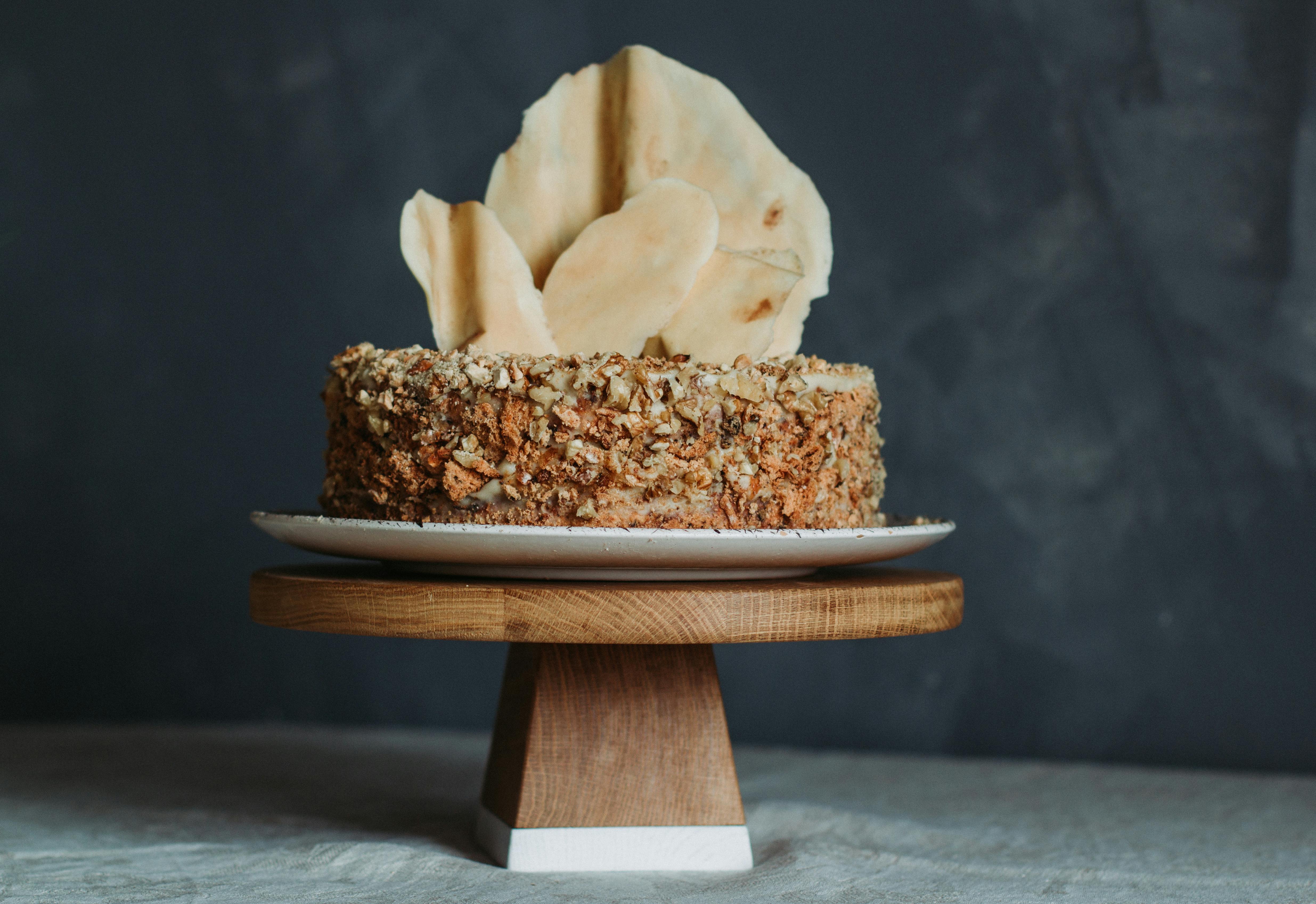Your new resin fountain was exciting and rewarding. It looked beautiful located in your garden. As the summer progressed, the color faded. The spring hail split it and now it’s peeling. Their delight diminished as the once prized source of resin deteriorates.
Polyresin, also known as alabastrite or resin, is a member of the epoxy-plastics family. “Hong Tze” and “Liberty Bronze” are also resin products. Resin products are commonly sold for outdoor use such as water fountains, statues, birdbaths, furniture, and steps.
Some resin products marketed for outdoor lawns and gardens were weather tested by Gardecor®, LLC. They found that the resin products they tested cracked, peeled, and faded within a year. Some resin products even deformed under the hot summer sun! A reliable resin product, such as fountains or statues, suitable for long-term outdoor use has not yet been found. Resin technology has not advanced to the point of providing a good polyresin product suitable for extended outdoor use unless the item is for use on a covered porch.
When looking for an outdoor water feature, statues, bird feeders, or other outdoor item exposed to the elements, it’s wise to know what it will look like in the future. Here are some common materials suitable for long-term outdoor use.
- Bronzes, including brass.
- Aluminum.
- Cast stone concrete.
- Fiberglass.
- Iron: Cast iron and COR-TEN® steel.
- Marble.
- Lead metal.
Bronze and Brass can last long enough to be passed from generation to generation as relic treasures. Bronze art dating from BC has been discovered at underwater archaeological sites. That’s a lot of time!
Left out in the open, the bronze family continually develops an impressive age patina (surface finish). Just look around your local park at the bronze statues. Depending on the composition of the metal, bronze and brass can age to beautiful blues and greens (from copper and nickel), yellows (iron), and other colors.
Aging does not happen immediately, but takes decades. Bronze and bronze statues age in the same way, but not exactly the same. Each piece will have a unique patina. Bronze and brass can have the same general appearance because copper is the predominant metal in both.
Bronze contains tin, while brass contains zinc. Other metals are present in small amounts and can contribute to the color. Tin makes bronze harder than brass; however, the owner will not be able to tell the difference. Brass is strong enough for hardware and accessories. Pure bronze can be 3 to 4 times more expensive than brass. That is why some outdoor fountains and statues are made of brass with a bronze patina.
If you want color, look for bronze with colored patina. Gold foil can give bright oranges to your artwork, while other techniques can impart deep blues, reds, and bright yellows to your artwork.
One more note on casting bronze statues. Look for those made using the lost wax method. Although more arduous, the lost wax method produces seamless parts seen in other casting methods.
Aluminum. Aluminum, which is lighter than bronzes, is preferred because it is cheaper to transport. Exposed to the elements, aluminum does not resist as well as bronze or brass. That’s probably why you don’t see aluminum fountains or statues in parks or in front of corporate buildings. You can maintain your piece of aluminum by coating it with a clear acrylic floor wax.
Molten stone It’s popular for outdoor water fountains, statues, and birdbaths because of its strength, bold appearance, and barring a hurricane, it won’t pass. Classic cast stone statues are reminiscent of Greek antiquity. Some manufacturers have developed colored surface finishes that last.
Cast stone concrete is excellent in the southern states, however, in the northern states, it is susceptible to freezing and thawing water in small cracks. You may need to dry the bowl and cover it during the freezing months. Statues tend to withstand winters because they do not have bowls that hold a large volume of water. Properly formulated, cast stone can withstand more than 10 winters.
Fiberglass it is used less frequently for backyard statues and fountains. Not many consumers are familiar with fiberglass for a decorative statue. Fiberglass does not crack or break as easily as resin. The surface finish is difficult to apply for long-term use, but some manufacturers have had success with it. Fine details are also difficult to achieve with the fiberglass frame. The detailing is usually done with the surface coating. You will see huge fiberglass statues at amusement parks and other places because it is not only strong, but also lightweight and easy to move without a crane.
Iron and steel products. Rust can provide a protective surface to exterior decoration. Iron products should be considered if you want an aged or aged outdoor décor. Iron is more brittle than bronzes and is used less often for statues and water fountains. Iron and steel can be powder coated to prevent rust and add long-lasting color.
Marble statues and water fountains are valued for the artistic sculpture and uniqueness each piece of marble imparts. Some marbles are harder than others. Outside, marble tends to age differently than bronzes. Moss and small plants can make a home in marble, making it a truly living work of art. Depending on the amount of acid rain, the surface texture can change over time. Like concrete, it can crack in winter’s freeze and thaw. The same care must be taken with marble as with cast stone. Marble should be used indoors to preserve the original finish.
Lead metal. Many designers and architects prefer wall fountains and decorative plates due to their traditional antique quality. Lead can turn darker as it ages and is not prone to weathering like aluminum. It is a very soft metal and the bowls may need periodic remodeling with careful pounds of a soft mallet. Care should be taken when handling lead products. Maintaining the surface with a clear wax or acrylic coating can help prevent lead from leaking into the environment.
Whatever you decide, to redesign your exterior each year with resin or to show off heirloom artwork, make sure you know the characteristics of the materials used before purchasing.
Next time, we will discuss what you need to know about the materials used in outdoor patio, garden and garden furniture and discuss the difference between authentic wrought iron and ornamental iron.



